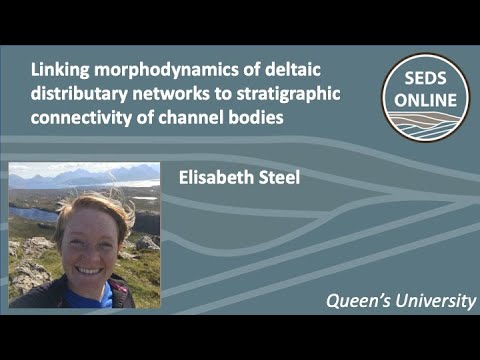Description:
Explore the relationship between deltaic distributary morphodynamics networks and stratigraphic connectivity of channel bodies in this 57-minute talk. Discover a new method for constructing synthetic stratigraphy using surface imagery and learn how delta topset evolution constrains subsurface architecture. Examine experimental deltas as a tool for predicting stratigraphy, and investigate the importance of channel networks and depth in building synthetic models. Analyze large-scale structural characterization, quantify sandbody connectivity, and understand the impact of barrier dimensions on permeability and solute spreading. Gain insights into using surface information to predict subsurface architecture, with a focus on how channel location controls large-scale structure in deltaic environments.

Linking Deltaic Distributary Morphodynamics Networks to Stratigraphic Connectivity of Channel Bodies
Add to list